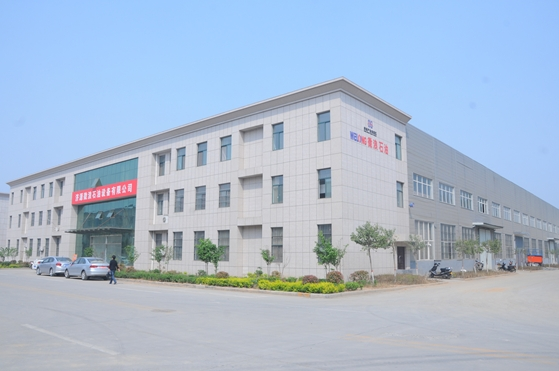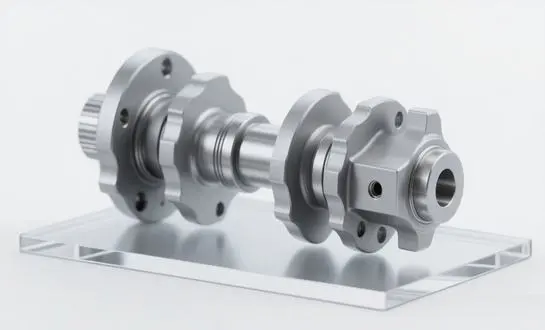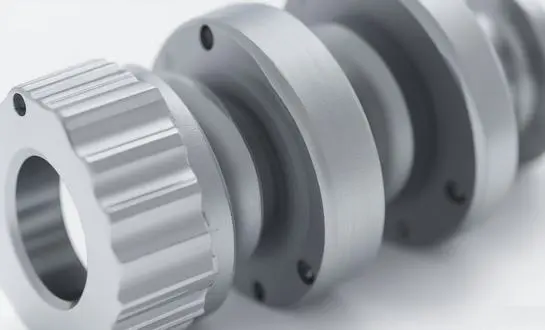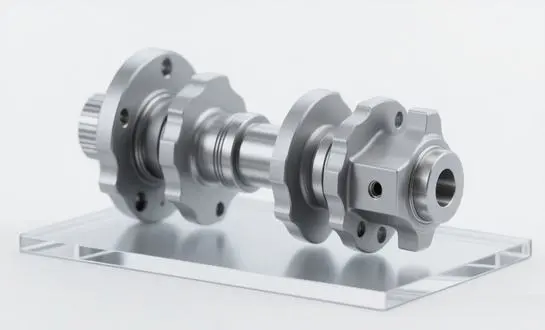Nanotechnology in Roll Surface Engineering
Surface engineering rolling mill rolls using nanotechnology is a huge improvement in performance and durability. Roll surfaces with remarkable, previously unimaginable qualities are now within reach, thanks to engineers' ability to manipulate materials at the molecular and atomic levels.
Enhanced Wear Resistance and Surface Quality
The wear resistance of rolling mill rolls may be greatly improved with the use of nanostructured coatings. When compared to more conventional coatings, these made of nanocrystalline carbides or nitrides provide far better hardness and durability. This drastically extends the life of the rolls, which in turn decreases maintenance expenses and downtime for metal processing operations.
In addition, the treated metal's texture and finish may be controlled to an unparalleled degree by means of these nanoengineered surfaces. Metal sheets with customised qualities may now be manufactured at the nanoscale with the potential to generate surfaces that are either very smooth or finely textured, satisfying the high standards set by sectors such as electronics and aerospace.
Self-Healing Capabilities
Making materials that can fix themselves has been a big step forward in roll surface engineering and has caused a lot of excitement. The nanoparticles in these new coverings can heal small cuts and wear on their own, based on biological processes. When a flaw or crack appears on the roll's surface, the nanoparticles are set off. Then, they flow into the damaged area, harden, and make the surface whole again. The rolls can fix themselves, which not only keeps them working longer but also makes sure that their performance stays the same over time. This means that the rolled goods will all be of the same quality.
AI-Driven Predictive Maintenance for Extended Lifespan
Artificial intelligence will be used to maintain and run rolling mill rolls. This will change how the industry manages tools and gets the most out of it.
Real-Time Monitoring and Analysis
Modern tracking technologies and AI algorithms make it possible to watch rolling mill rolls in real time while they are in use. These systems can pick up on small changes in surface wear, temperature changes, and sound patterns that humans might not notice. By constantly looking at this data, AI systems can see when something might go wrong or start to work less well, which lets support staff act before the problem happens.
This method to predictive maintenance not only avoids unplanned downtime, but it also makes the best use of resources by making sure that rolls are handled at the best time, neither too early nor too late, which could cause a catastrophic failure.
Adaptive Performance Optimization
AI-powered systems are also being made that can change rolling settings dynamically and in real time. These smart systems can always find the best rolling speed, pressure, and cooling rates by looking at the qualities of the metal going in, the specs for the output, and the current roll conditions. This flexible method makes sure that the quality of the product stays the same while also extending the life of the rolls and saving energy.
Machine learning techniques are also being used to look at past performance data and find trends and factors that cause rolls to wear out and break. This information is then used to make the making processes and choices of materials for future rolling mill rolls better, creating a circle of constant growth.
Sustainable Manufacturing: Eco-Friendly Roll Production
As environmental concerns take center stage in industrial practices, the future of rolling mill roll production is aligning with sustainable manufacturing principles.
Advanced Recycling and Upcycling Techniques
Innovative recycling methods are being developed to recover and reuse materials from worn-out rolling mill rolls. These techniques go beyond simple metal reclamation, employing advanced separation processes to extract valuable alloying elements and even nanoparticles from used coatings. This not only reduces the environmental impact of roll production but also helps conserve rare and precious materials.
Additionally, upcycling strategies are emerging, where components of decommissioned rolls are repurposed for other industrial applications. For instance, the high-grade steel cores of large rolls might be repurposed into structural components for other machinery, extending the lifecycle of these materials and reducing overall resource consumption.
Bio-Inspired Materials and Green Manufacturing
Researchers are working on making bio-inspired materials for roll production that work better and are better for the earth. Some of these are hybrid materials made of natural fibres or bio-based plastics that offer special mixes of strength, flexibility, and resistance to wear.
Moreover, companies that manufacture rolls are beginning to utilise green mechanical strategies. A few of these are utilising clean vitality, water frameworks with closed circles, and warm treatment strategies with moo outflows. A few companies are indeed looking into how added substance fabricating may be utilised for roll generation. This seems to incredibly cut down on squander and vitality utilisation compared to conventional strategies like casting and cutting.
Conclusion
Nanotechnology, AI, and ecologically neighbourly fabrication are a few of the unused advances that will influence the making of high-performance rolling mill rolls in the future. These changes ought to make metal preparation superior in common by making it more ecologically neighbourly, more proficient, and adding a long time to the life of rolling mill rolls. Since these advances are utilised so much in the metalworking industry, we ought to anticipate huge advancements in item quality, down-to-earth productivity, and natural invitingness.
Call to Action
Welong is at the cutting edge of these exciting new developments in rolling mill roll technology. The future trends this piece talks about exactly match our dedication to new ideas, high quality, and environmental friendliness. Because we are certified to ISO 9001:2015 and API 7-1, we know that our goods meet the top standards in the business and include the newest technologies.
Welong has the skills and knowledge to meet your needs, whether you want custom rolling mill rolls that use the newest nanotechnology surface engineering or you want to use AI to help with predictive maintenance. We are the perfect partner for forward-thinking metal working operations because we have strict quality control measures and only use eco-friendly production methods.
Don't let your competitors get ahead. Embrace the future of rolling mill technology with Welong. Contact us today at oiltools15@welongpost.com to learn how our advanced rolling mill rolls can elevate your metal processing capabilities and drive your business forward.





